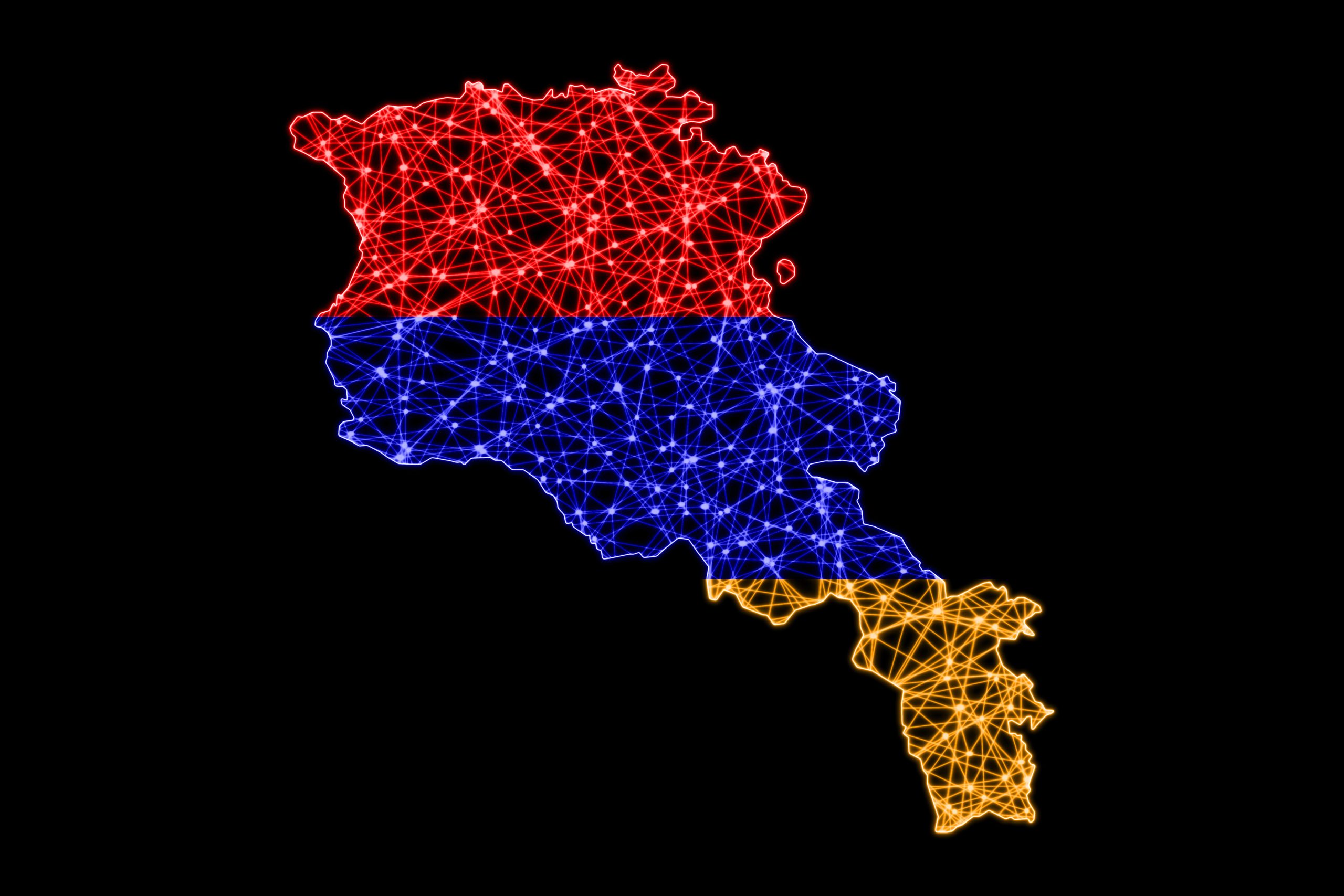Azerbaijan, backed by Russia, has made clear that it will not hesitate to use force to open the Zangezur Corridor (also known as Meghri Corridor) through the Armenian territory to its exclave of Nakhchivan and its ‘brother’ Turkey. The attack occurred from Azerbaijani positions within Armenian territory that had been previously invaded.
The fact that the incident occurred within the sovereign state borders of Armenia fuels the growing security concerns of the Armenian population, sceptical about the peaceful coexistence alongside Azerbaijan. On 13 February, the Armenian Ministry of Defence released a statement that four soldiers were killed and one was wounded in an Azerbaijani open fire at a post in the southern region of Armenia’s Syunik. In return, the Azerbaijani Ministry of Defence claimed that Armenian troops fired on the village of Kokhanabi in Azerbaijan’s Tovuz District on the evening of 12 February, injuring one border guard and prompting the launch of a “retaliatory operation” in revenge.
Armenian authorities have launched an investigation into the claim, accepting that they will bear responsibility if the claim is confirmed. Although both sides hold each other responsible for the incident, the issue has an underlying complexity stemming from the larger geopolitical context. This incident, rooted in the longstanding conflict over the Nagorno-Karabakh region, has been the most severe outbreak since peace negotiations began in September 2023. The skirmishes took place only days after Azerbaijani President Aliyev won the snap elections and started his fifth term as president enjoying a huge wave of popularity due to his victory over Nagorno-Karabakh.
Read the full publication at the original link
About the author:
Syuzanna Kirakosyan is a research manager at Finabel


